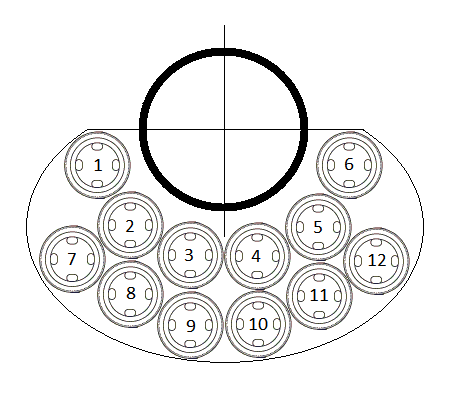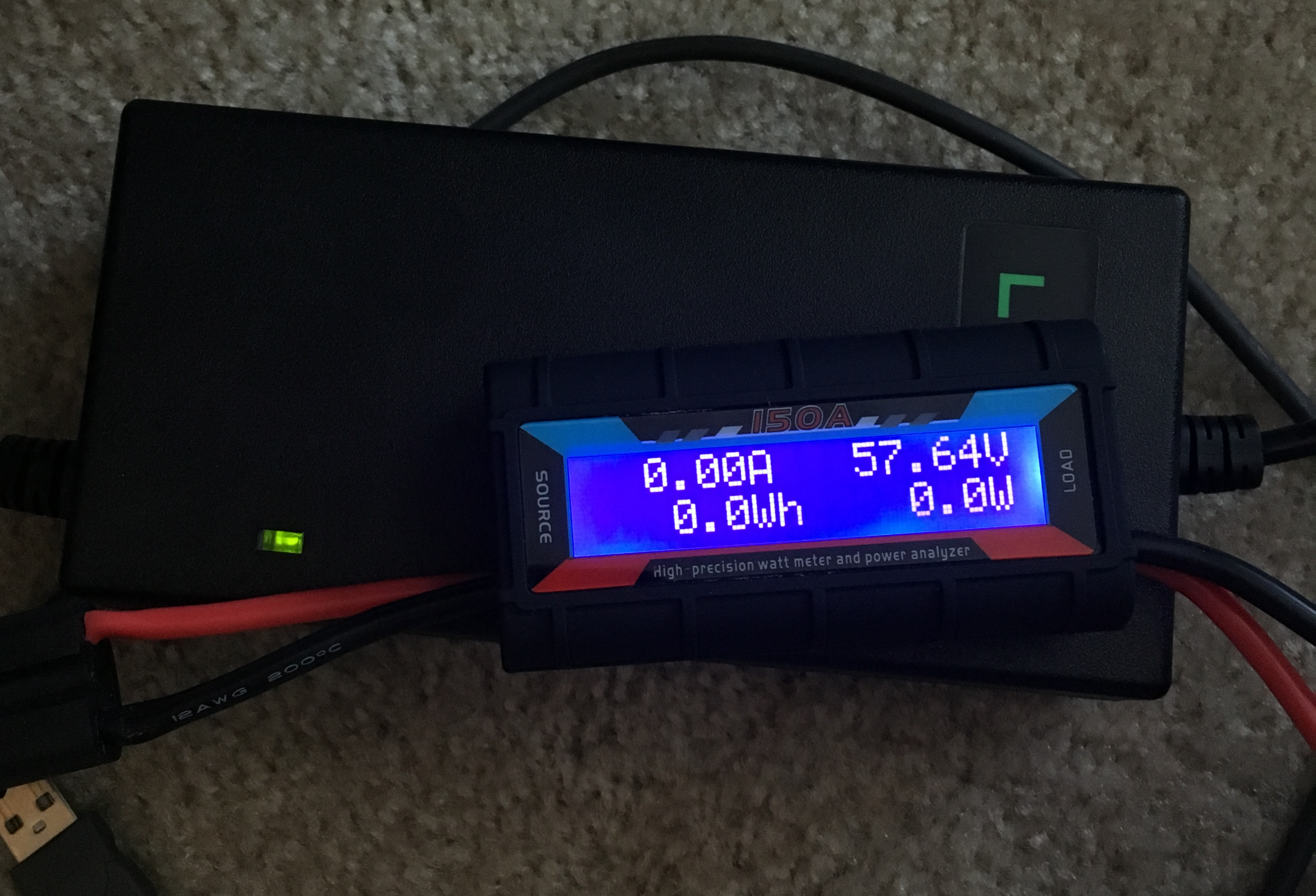Philaphlous
1 kW
- Joined
- Mar 28, 2017
- Messages
- 431
Hey guys, as the title says, this will be my first ebike battery build. As I hope to use my saved parking money over time to build a bigger/better/more capacity battery down the road, I'm hoping I can get one to get me by with my 4-5mi commute...
I'm planning on a:
Let me know how that sounds.
I'm planning on building a custom battery housing for my bike once I have it. I'm planning on a fiberglass enclosure where the batteries will stay safe but I'll also be able to remove them from the shell and do any type of maintenance on them if needed. I also plan to shape the fiberglass to fit the frame of the bike...hopefully.
Some people have said 20A for a BMS is too low. I'm planning on a 1000W motor, local restriction is 500W so I'm not really planning on using a ton of power over 500w to get me to and from work... I want decent power but enough where it can get me to work without much effort on a pretty flat commute and in decent time ~25-30mph.
Few questions:
Can I test internal resistance of the 18650 cells I have? I have a few used ones and right now my only tests are timed and calculated discharges with a multimeter testing current and calculating capacity...
I'm planning on a:
- 13 cell in series for 48v nominal battery
- 6 parallel 48v banks for a total of 10-12Ah @ 48v
- Use of 9 unbranded 2000mAh rated cells (I've tested them to be around 1800-1950mAh, Samsung ICR18650-30A cells, and Samsung ICR18650-26F cells
- BMS - 13S here: http://www.ebay.com/itm/13-S-Packs-...269155?hash=item489178f6e3:g:S10AAOSwHoFXtAjS
- Heat shrinking each battery again to ensure double protection...
- Deans Ultra connectors
- Pretty hefty gauge wire, likely 12-14AWG
Let me know how that sounds.
I'm planning on building a custom battery housing for my bike once I have it. I'm planning on a fiberglass enclosure where the batteries will stay safe but I'll also be able to remove them from the shell and do any type of maintenance on them if needed. I also plan to shape the fiberglass to fit the frame of the bike...hopefully.
Some people have said 20A for a BMS is too low. I'm planning on a 1000W motor, local restriction is 500W so I'm not really planning on using a ton of power over 500w to get me to and from work... I want decent power but enough where it can get me to work without much effort on a pretty flat commute and in decent time ~25-30mph.
Few questions:
Can I test internal resistance of the 18650 cells I have? I have a few used ones and right now my only tests are timed and calculated discharges with a multimeter testing current and calculating capacity...



